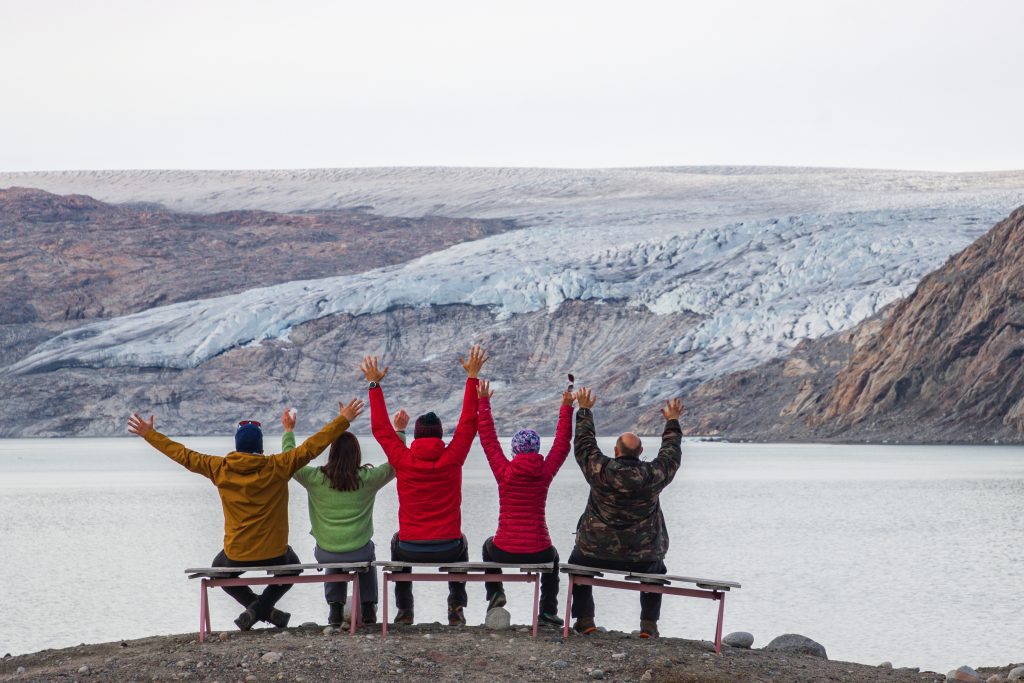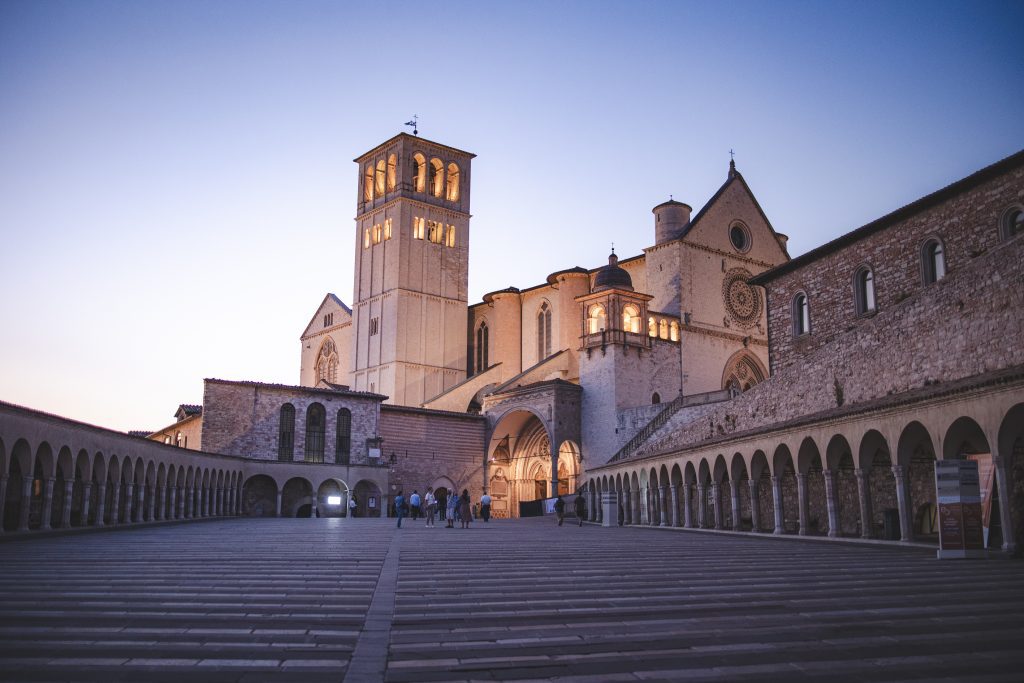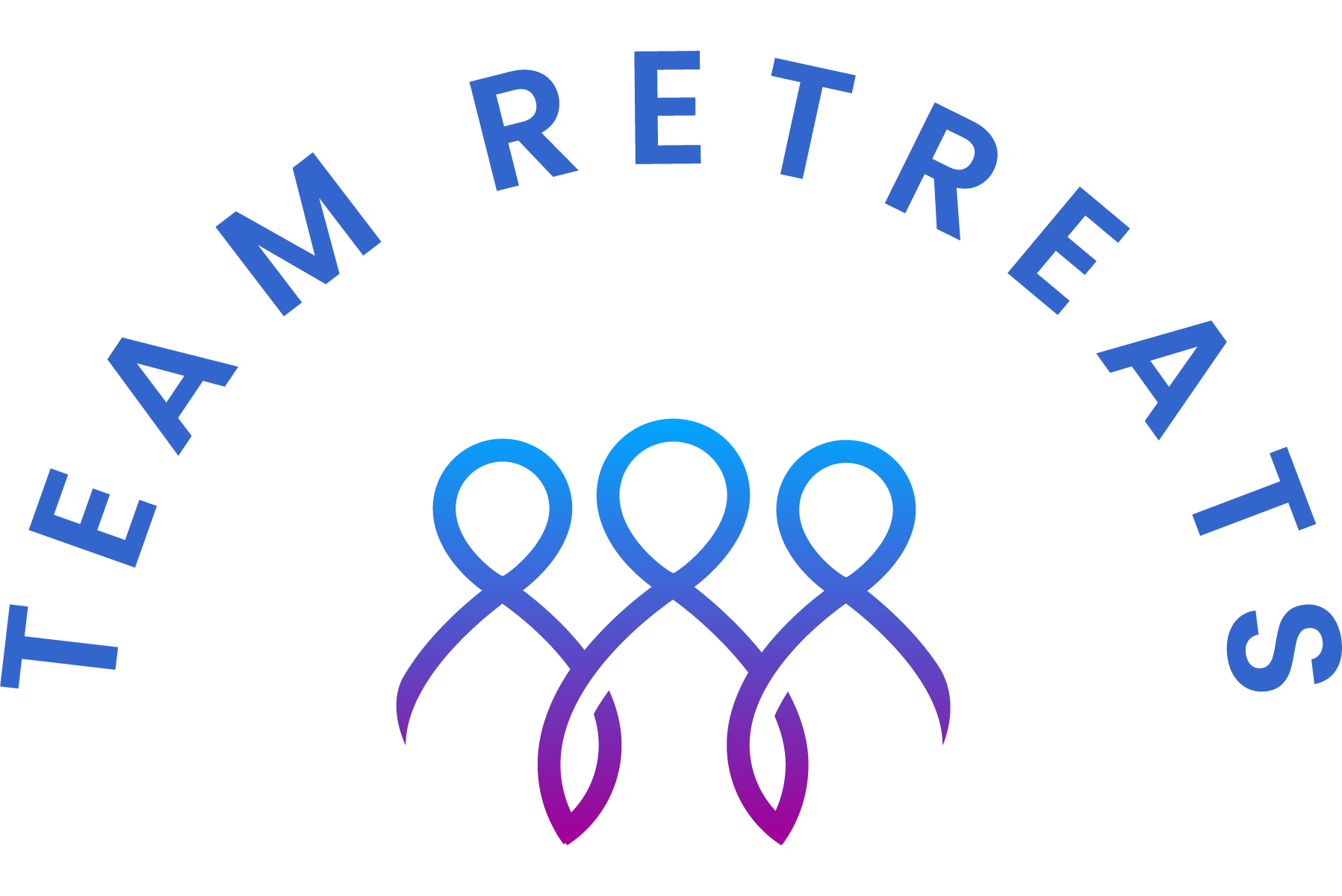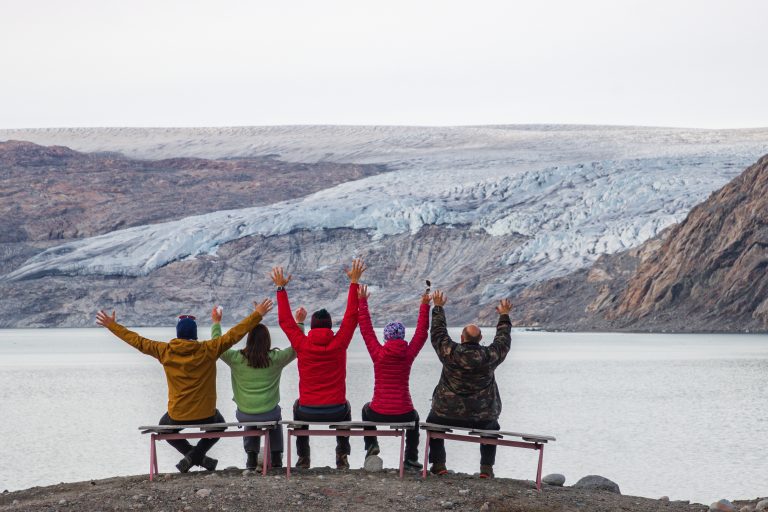Why you can plan a retreat in 4 weeks
The idea of organising a full team retreat in only four weeks sounds impossible until you follow a clear process. Most teams lose time because they start with too many ideas and not enough structure. But when you define your goals early, delegate tasks, and choose partners who already know the logistics, even a 100-person offsite can come together smoothly.
Whether you’re an HR manager planning your first retreat or an operations lead preparing your fifth, this step-by-step plan will help you build momentum, avoid stress, and actually enjoy the process.
Week 1 – Define your purpose and budget
#1 Clarify why you’re meeting
Every successful retreat starts with intention. Is your team aiming to reconnect after remote work, align on strategy, or celebrate a milestone? Define one core goal and two supporting objectives, this helps later when choosing venues and activities.
#2 Set your budget range
Start with a total figure per person (including accommodation, meals and activities). For Europe-based companies, typical averages range between €900 and €1 400 per person for a three-night retreat. Large teams (80 +) can often save by booking a hotel buy-out; smaller teams (20–40) benefit from boutique villas or farm estates.
#3 Define roles and responsibilities
Assign one coordinator (HR or Ops) plus a small planning team covering logistics, communication, and finance.
This division ensures progress even when approvals take time.
Insider Tip: If you work with an experienced DMC (Destination Management Company) like Team Retreats, you can cut research time by half — they already know availability, pricing, and hidden costs.



Week 2 – Select the right destination & venue
#1 Start with accessibility
Choose destinations that minimise transfers. Within Europe, you should aim for under 90 minutes from airport to venue.
That keeps energy high and costs low especially for groups arriving from multiple countries.
#2 Trending destinations for 2026
- Lake Garda (Northern Italy): Great infrastructure, ideal for large offsites (60–300 pax).
- Umbria & Tuscany: Perfect for smaller leadership teams (20–60) looking for privacy and culture.
- Lisbon & Comporta (Portugal): Mild climate, easy flight connections, stylish venues by the sea.
- Andalusia (Spain): Outdoor activities, sunshine, and excellent value for money.
- Istria (Croatia): A hidden gem for relaxed Mediterranean retreats with good logistics.
These regions combine accessibility, group-friendly venues, and unique team experiences.
#3 Balance work and relaxation
When scouting locations, look for:
- Flexible meeting spaces with natural light
- Outdoor areas for breaks and activities
- Reliable Wi-Fi and AV support
- Accommodation capacity for your group size
#4 Confirm early availability
In peak months (April–June and September–October), venues in Italy and Spain book out 3–6 months in advance.
If you’re working on a four-week timeline, focus on regions with more inventory like Northern Italy or Portugal’s Alentejo coast.


Week 3 – Design the agenda and activities
#1 Structure for focus and flexibility
A strong retreat schedule has rhythm:
- Morning: focused sessions, workshops, or leadership discussions
- Afternoon: team-building or wellbeing activities
- Evening: shared meals, reflection, and informal connection
Avoid filling every hour. Teams process best when there’s space for spontaneity, whether that’s a long lunch or a sunset walk.
#2 Choose activities with purpose
Pick 2–3 experiences that connect to your goals. Examples:
- Culinary workshops in Tuscany or Sicily for collaboration and creativity
- Sailing challenges on Lake Garda for communication and teamwork
- Mindful hikes in South Tyrol for reflection and resilience
- City quests in Rome, Lisbon, or Seville for problem-solving and fun
Each activity should help your team practise a skill they can bring back to work.
#3 Integrate wellbeing
Include short rituals like morning yoga, breathwork, or journaling. These small details have a big impact on mindset and energy — especially after travel days.
#4 Check group dynamics
Ask team leads for input: are there introverts, new hires, or cross-department challenges? Tailor activities accordingly to keep everyone engaged and comfortable.
Week 4 – Final logistics and team communication
#1 Confirm all bookings
By week four, all major contracts (venue, catering, activities, transport) should be signed. Create a master sheet with contacts, timings, and payment status — this avoids last-minute confusion.
#2 Plan transfers and tech setup
Double-check flight times, airport transfers, and arrival coordination. For hybrid sessions, test AV equipment in advance or bring your own technician. If you’re working with 80+ participants, schedule staggered check-ins to prevent long lines.
#3 Communicate with your team
Send a clear briefing one week before departure:
- Logistics (arrival, weather, dress code)
- Expectations (no laptops during activities, team dinner etiquette)
- Safety and emergency contacts
Good communication sets the tone and shows participants they can relax from day one.
#4 Prepare for surprises
Always keep a 5–10 % contingency budget for weather changes, extended dinners, or spontaneous ideas. That flexibility often turns an ordinary retreat into a memorable one.
Five bonus tips for a memorable retreat
- Start small if you’re new to planning – even a 2-day offsite builds trust and momentum.
- Use local hosts – their passion turns logistics into connection.
- Add storytelling moments – a group photo session, a closing ritual, or a final toast make memories tangible.
- Celebrate diversity – mix departments, ages, and backgrounds in teams.
- Follow up – send a highlight video or reflection survey to keep the post-retreat energy alive.
Book a 15-min Planning Call
Want to skip the spreadsheets and start planning faster? We help HR and Operations teams design retreats that run smoothly even with short lead times. We’ll match your group size, timeline, and goals with the right region, venues, and activities across Europe.
Let’s Talk Retreat Ideas
FAQ
Can a full team retreat really be planned in 4 weeks?
Yes — with clear goals, a structured process, and the right partners. We’ve helped companies confirm venues and activities in as little as 10 working days.
What’s the ideal group size for this timeline?
Teams between 15–120 participants work best, but even larger groups are possible with early supplier coordination.
What are the best European regions for last-minute retreats?
Northern Italy, Lisbon Coast, and Croatia’s Istrian Peninsula have strong infrastructure and good short-term availability.
Should I use a DMC or plan in-house?
A DMC saves time, ensures supplier reliability, and negotiates better terms — especially useful for multi-country arrivals.
How do we ensure the retreat has lasting impact?
Integrate short reflection rounds, capture learnings, and plan a 30-day post-retreat follow-up to turn insights into habits.



